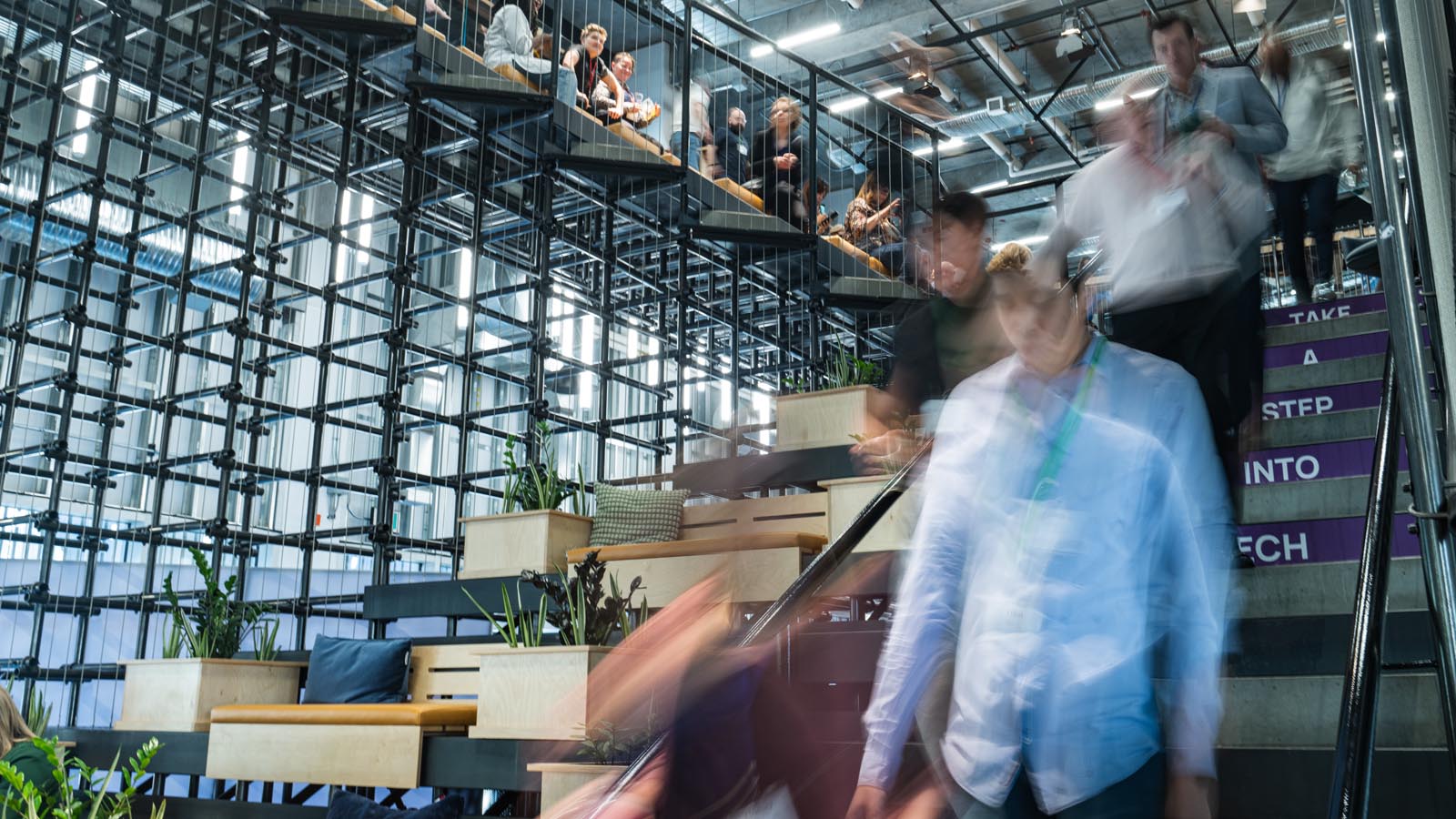
Coverage of day two from Digital Journal
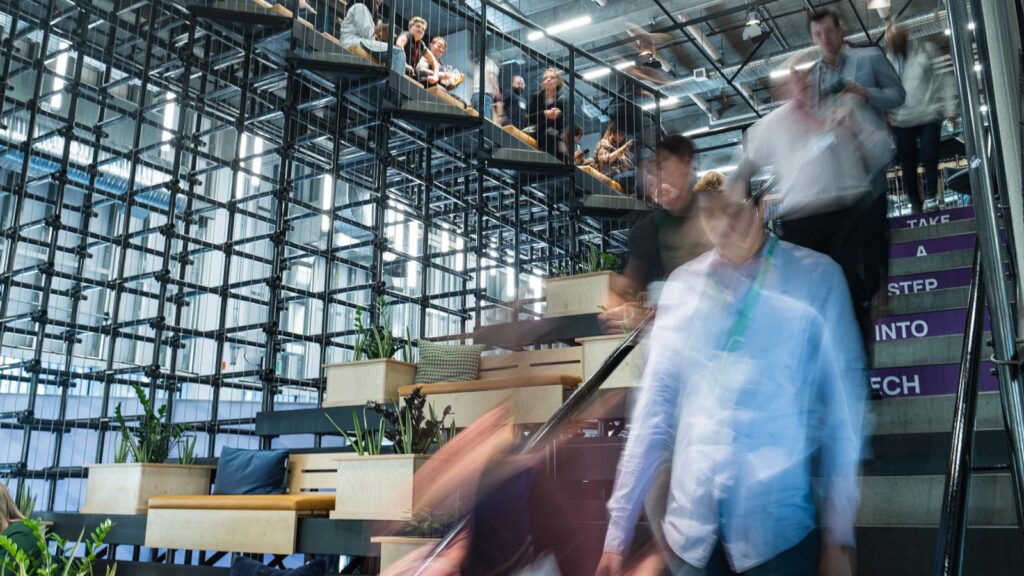
The mesh conference takes place in Calgary and Toronto each year.
Day two of the mesh conference provided nothing less than a blueprint for successful digital transformation.
Across nine formal sessions and in countless side conversations over coffee and lunch, “meshies” learned why some organizations realize the massive value from digital transformation while others are left frustrated and floundering.
The effective thesis for the day came right from the first session, a discussion with Kamales Lardi titled: “The psychology of digital transformation: How to manage the core and edge of large-scale change.”

Lardi, who is a globally recognized expert in digital transformation, outlined five of the most common characteristics of organizations that win, including:
- Being bold enough to take risks.
- An abundance thinking mindset (which includes thinking beyond traditional limitations and an underlying belief that there’s sufficient resources for everyone).
- A culture of psychological safety (the ability for employees to take risks and offer opinions without fear of reprisal).
- The ability to get influencers in the organization (essentially leaders at all levels) onboard to help support the transformation.
- Putting key success metrics in place early.

Lardi also emphasized the human element of digital transformation, a theme that ran through the first day of the mesh conference and recurred repeatedly on day two.
“Tech has been triggering huge, exponential changes in humans,” said Lardi. “Leadership teams need to recognize these changes have an impact on people.”
Marketing and content creation: What has gen AI wrought?
In a session focused on AI in content marketing, Ann Handley, an author and the Principal at training and education company MarketingProfs, discussed the early impacts generative AI (GenAI) has had on the marketing world.

“There’s now less of a fear that GenAI will take over all the marketing jobs. It is essentially helping us not create content but be stronger content creators. It’s a wingman who can help us in our roles,” she said. “The more you can support the AI literacy of folks on your team, the stronger your team will be.”
Handley also noted that she is quite specific in how she personally uses GenAI to write.
“I never use generative AI to create a first draft. Writing is thinking and I want to think first. The problem with using it at the first draft stage is that it kind of anchors you in a way of thinking about something. I don’t want that as part of my process. If the writer matters, if the thinking behind the writing matters, don’t use it as a first draft tool.”

What happens when you add GenAI to customer experience and product development
Because customer experience involves dozens if not hundreds of touch points before and after sale, GenAI is a natural tool to innovate across the full customer lifecycle. It can enhance workflows, empower service teams, and, eventually may actually transform brand-customer interactions.
This AI-driven shift in customer experience formed the basis of an afternoon panel discussion featuring Prieeyya Kaur Kesh, an education futurist and the founder of edtech company Our Wave, and Naqaash Pirani, the Head of Digital Strategy for Adobe Canada.
“When you narrow CX down to creating a service, product or brand, a user-first approach still wins,” said Kaur Kesh. “But you can use AI to scale your touchpoints, learning loops and feedback loops. A lot of big tech has already integrated AI into their tool stack in some way, so in doing that, you’re able to create, launch, and innovate at a much quicker rate than before.”
Customer support is another area where AI can add real value — assuming it doesn’t just come off as another annoying chatbot standing between customers and the resolutions of their problems.
“People get frustrated when interacting with AI and still want to interact with a real human. So what do you automate and what do you keep the human touch for?” said Pirani, the Head of Digital Strategy for Adobe Canada. “That’s what lots of companies are figuring out right now.”

In a parallel session, Julian Joseph, Senior Product Manager at TELUS outlined how GenAI (and applications like ChatGPT) are effectively just the tip of the digital iceberg.
The opportunities for new products crossed all sorts of use cases, from content creation to education to professional support and beyond.
She recommended that organizations produce bespoke applications, those designed that generate the most value based on your company’s internal data and knowledge.
“Your app needs to answer specific questions your organization needs answers for,” she said.

Digital transformation moves slower in massive (energy) companies
The energy industry — particularly oil and gas — carries a reputation as a laggard with adopting innovative new technologies. This is in part due to the sheer size of the companies, cultural inclinations, and a handful of other factors. However, over the last decade digital transformation has finally taken hold in oil and gas in a meaningful way.
In a panel featuring John Mortimer, CTO at Computer Modelling Group (CMG), Paul Twigg CTO at Digital Commerce Bank, and Editor-in-Chief of ACCELERATE Sarah Coleman, meshies learned that legacy energy companies still face barriers that impede their ability to fully leverage the power of AI and other bleeding edge technologies.

Why?
The panel revealed a few key reasons:
- Security concerns and risk aversion towards new technologies still exist within energy companies.
- Fewer employees are handling more complex work under pressure, making new technology adoption harder.
- The highly regulated nature of the industry often slows innovation.
Mortimer did note that one advantage energy companies have is the massive amount of legacy data that could help them drive transformation, if it was structured to be accessible by AI-powered tools.
That’s why he said the industry’s “the north star” is making its data accessible and then using it to train AI so it can make the entire industry more efficient.
Ultimately, the panelists agreed the key for the future of the sector will come in embracing new technologies and finding ways for them to add value — rather than seeing them as threats.

Digital transformation ultimately comes down to leadership
The final late-afternoon session of mesh Calgary 2024 — ‘Leadership for the future’ — closed the circle on all that had come in the two days before.
Meghan Donohoe, co-founder, Pebble and Principal, Humane Leadership and Sabrina Sullivan, Strategic Foresight lead with Foresight Factory tied the ultimate success of digital transformation (if not the fate of entire companies) to great leadership.
They started by painting a stark picture of the crisis in leadership, noting that 56% of CEOs believe their businesses will not be viable beyond the next decade without reinvention (with data via a 2024 PwC Global CEO Survey).
In their words, “leadership as we know it is unsustainable.”
But then they offered a more hopeful view of the future when they made the case there is no one single way to lead. That means there are a whole range of possibilities about how to lead effectively in a time of exponential technological change and disruption.
To end this year’s Calgary mesh conference, Donohoe left the leaders and future leaders in the audience with a challenge: Step up, embrace discomfort and drastically change the way they look at and plan for the future.
“It’s about the people you bring around you, and the conversations you have, and the questions you ask,” she said.
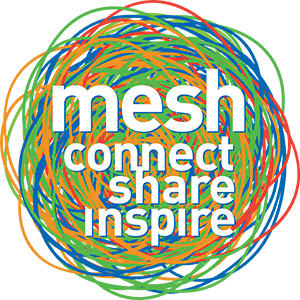

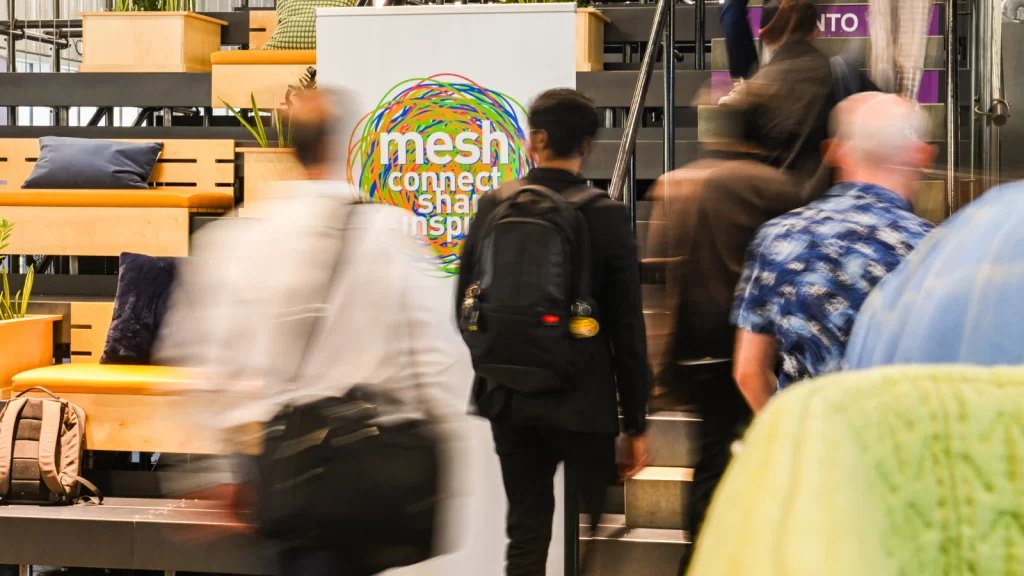





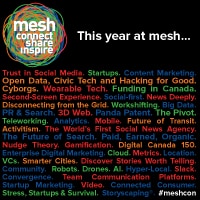 Lee Odden
Lee Odden